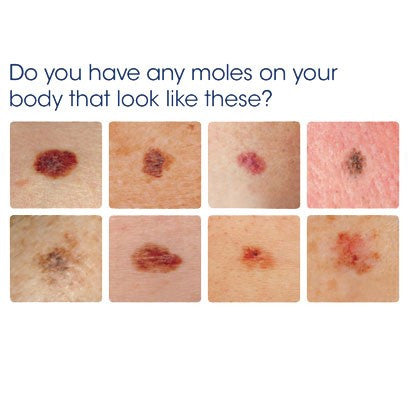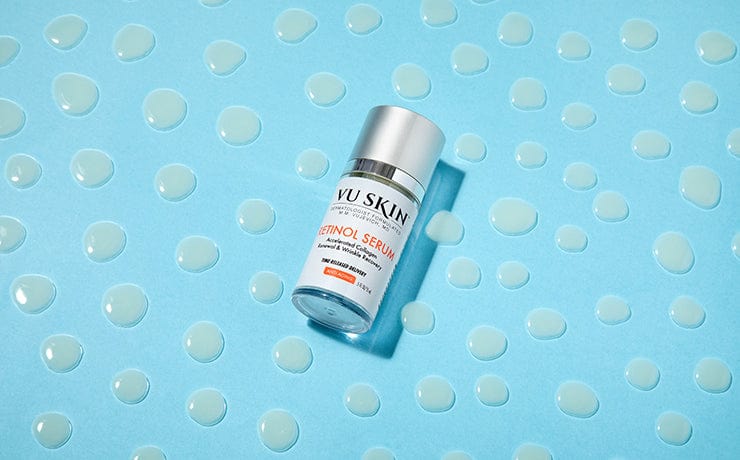
Melanoma: Just the Facts
Malignant melanoma is the deadliest type of skin cancer. When caught early, melanoma is highly treatable. Advanced melanoma can spread to the lymph nodes and internal organs which can result in death. Approximately 10,130 people will die from melanoma this year. Cases of this form of skin cancer have steadily increased over the past 3 decades and in fact, have doubled in the U.S. from 1982 to 2011.
General risk factors for melanoma include:
General risk factors for melanoma include:
- Seniors aged 65 or older are especially at risk because of the UV exposure they’ve received over the course of their lives
- People who have experienced five or more blistering sunburns between the ages of 15 and 20 increases the risk of melanoma by 80 percent
- Exposure to tanning beds
- Your risk increases substantially if you have more than 50 moles
- If you’ve had other cancers such as breast or thyroid
Not all melanoma is attributed to UV exposure but to genetics and immune system deficiencies.
Caucasians are more likely to be diagnosed with melanoma than any other race but that doesn’t mean that other races don’t get this type of cancer. In people of color, melanoma is often diagnosed during the final stages. This has been attributed to many people being under the mistaken impression that people of color cannot get skin cancer. The American Academy of Dermatology urges everyone to examine their skin regularly. This means looking over your entire body, including your back, scalp, palms, soles of your feet and between your toes.
If you notice a mole on your skin, you should follow the ABCDE rule:
- Asymmetry: One half does not match the other half.
- Border irregularity: The edges are ragged, notched or blurred.
- Color: The pigmentation is not uniform. Different shades of tan, brown or black are often present. Dashes of red, white, and blue can add to the mottled appearance.
- Diameter: While melanomas are usually greater than 6mm in diameter when diagnosed, they can be smaller.
- Evolving: A mole or skin lesion that looks different from the rest or is changing in size, shape or color.
If you have any of these symptoms or if you notice a mole different from the others, one that changes, itches or bleeds, even if it’s smaller than 6 mm you should consult a dermatologist right away. Early detection is the key to surviving this deadly disease. In fact, when found early, the survival rate for melanoma is 98 percent compared to 17 percent for those that it’s found in later stages once it has spread to the lymph nodes and internal organs.
The easiest ways to prevent melanoma are:
- Limit your sun exposure
- Wear protective clothing such as long sleeved shirts, pants, hats and glasses
- Wear water resistant sunscreen with an SPF of 50 of more. Reapply every 2 hours and after swimming or sweating
- Avoid tanning beds
For more information or if you suspect Melanoma, contact your dermatologist.







Leave a comment
This site is protected by hCaptcha and the hCaptcha Privacy Policy and Terms of Service apply.